Your ingredient template for all the flavor without the sugar or carbs
Smoothies make for a great breakfast, post-workout drink, or afternoon pick-me-up; however, they’re usually not very keto friendly. The abundance of frozen fruit, fruit juice, milk, sorbet, yogurt, and/or superfruit powders can quickly increase the sugar count in a glass—the average smoothie can contain up to half a cup of sugar.
To help you craft a smoothie that’s high in nutrition but low in sugar, we’ve compiled the basics to break down each element, offering the most delicious combinations with the right macros to fit into a keto diet. Use this template to build the ultimate keto smoothie for you.
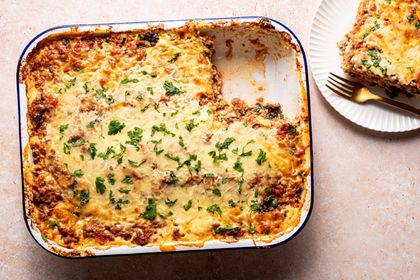
Liquid

Liquids are the vehicle that enable solid foods to turn into smoothies. Pick one or more for every smoothie you make.
- Milk: If you’re a fan of milk as a base in your smoothie, you’ll want to choose an unsweetened non-dairy milk. Try almond, flax, macadamia, coconut, or hemp to name a few. The key is making sure it’s unsweetened.
- Coffee: Caffeinated smoothies make for a fabulous breakfast or pre-workout fuel. Use plain black coffee, coffee with a keto sweetener, or coffee with heavy cream added.
- Juice: Options here, not surprisingly, are limited. Choose a sugar-free lemonade, pure cranberry juice diluted in water, or low-sugar, fresh vegetable juice such as celery.
- Tea: Caffeinated or herbal, tea is an excellent keto smoothie base. Use any variety from Earl Grey to rooibos.
- Heavy cream: You’ll want to mix heavy cream with water unless you prefer a very thick smoothie. Adding ice will also help thin it, but it can be difficult to blend unless you have a high powered blender.
Frozen Produce

Produce gives your smoothie bulk, and frozen produce gives that bulk a creamy texture. In a standard smoothie, this is usually fruit. For a keto smoothie, options shift.
- Cauliflower: Yes, the ubiquitous white vegetable has yet another purpose! Frozen cauliflower makes for a neutral color and creamy texture while adding lots of nutrients.
- Spinach or Kale: While you could use fresh greens, the texture of frozen spinach and kale breaks down a bit more, well, smoothly.
- Berries: Overall, berries are fairly low in sugar, but the sugar and carb count differs for each. You'll want to use a quarter cup or less, depending on which berry or berries you choose.
- Broccoli: For green smoothies, broccoli creates bulk without the need for too much of the more serious tasting greens like kale.
Fresh Produce
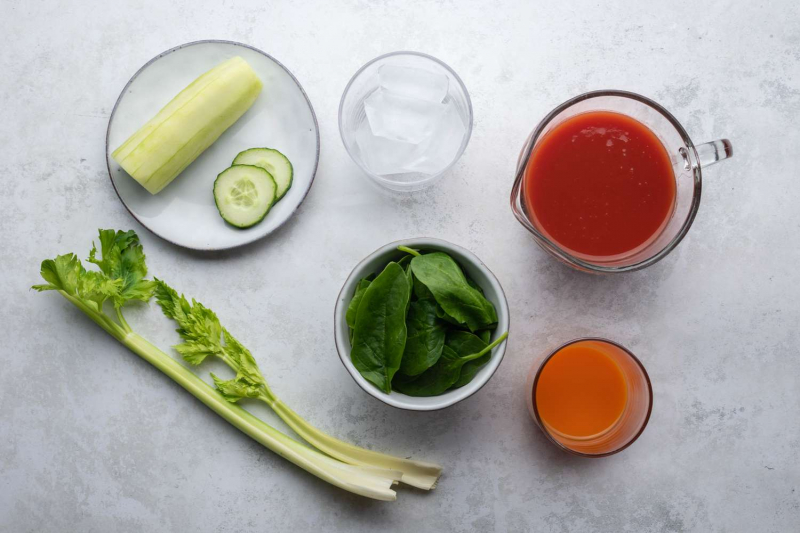
We suggest a combo of fresh and frozen produce to help you get the maximum amount of nutrients and flavor into your smoothie with just the right texture.
- Greens: Salad greens, spinach, kale, or arugula will all add nutrition you crave, but be weary on the amount as they can alter the taste considerably. Starting with a small handful is a safe bet.
- Avocado: Amazingly, you can have a creamy smoothie without bananas! Avocados step up to take their place, lending a rich, unctuous texture to any smoothie. If you buy enough at once, you can freeze them (peeled, in small chunks) to have on hand.
- Zucchini: You can use frozen zucchini if you don't mind the way it affects your smoothie's taste. If you want less of a green taste, peel the zucchini first. The texture will also be improved by removing the seeds.
Protein Source
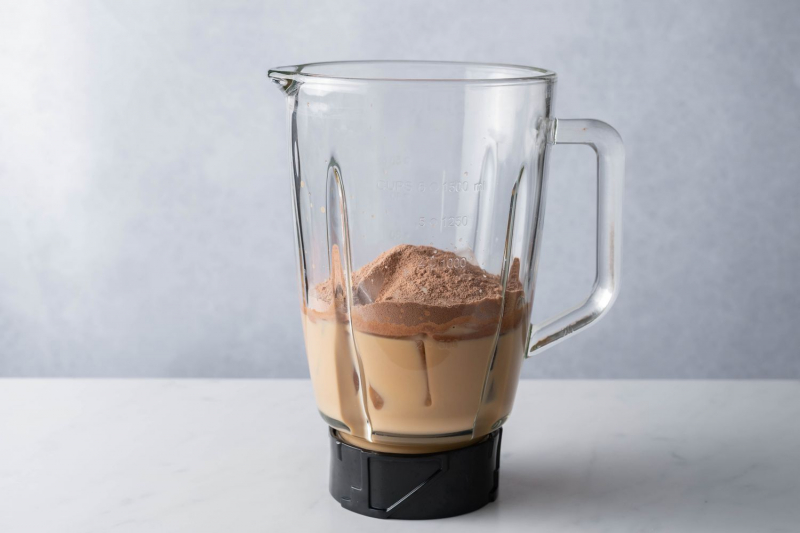
Smoothies are more of a complete meal when you add protein powder. These are keto-friendly choices in general, but always look at nutrition labels to ensure you're choosing a sugar- free, low-carb protein powder.
- Bone Broth Protein: No, it doesn't taste like bone broth! Full of valuable ingredients like collagen, bone broth protein comes in flavors like chocolate and vanilla.
- Casein and Whey: Derived from milk, casein and whey proteins don't include the carbohydrates that milk does. Casein is slow to digest and can help you feel full for hours. Whey is fast to digest and serves as a solid source of quick energy. Both are useful for muscle gaining.
- Egg: Some egg proteins, which are all made from egg whites, taste a bit eggy, while others are more neutral in flavor. Experiment to find one that works for you.
- Plant Based Proteins: There are numerous plant based proteins and protein combinations available, such as pea, chia, hemp, and sunflower. Make sure to check the labels to ensure your choice is low in carbs and free of sugars.
Powdered Superfood Boosts
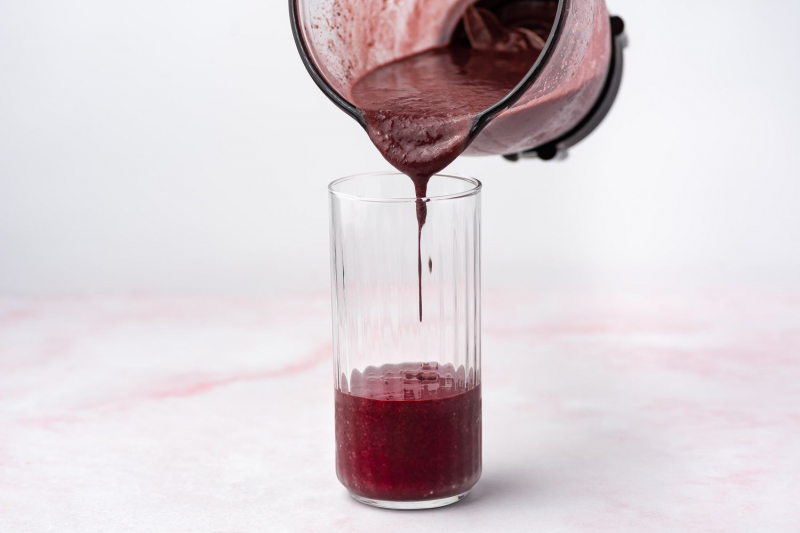
Smoothies are an easy way to add a boost of "superfoods" into your diet. Some aren't appropriate because they're high in sugar, but these are safe options.
- Maca: It's malty in taste and energizing in effect. This Peruvian root is also wonderful for your sex drive, no matter your gender.
- Camu Camu: The berry highest in vitamin C is free of sugar, meaning it can lend a fruity tang to your smoothie without adding carbs.
- Adaptogens: From mushrooms to ashwagandha, adaptogens are a powerful group of supplements that help your body deal with stress. Some also increase immunity. Use only a small quantity, such as a teaspoon, per serving— they don't have any sugar.
- Powdered Greens: These supplements can have a ton of ingredients, from fermented leaves to fruit extracts. Some are low in sugar, but others aren't, so check labels accordingly.
- Cocoa Powder: This chocolate derivative does indeed count as a superfood! Cocoa powder is full of fiber, as well as chocolate flavor.
Fats

Nothing makes a meal more keto friendly than adding some extra fat. These are healthful options that will do more for you than a scoop of bacon fat.
- Nut and Seed Butter: Not all nut and seed butters are created equal. Some contain added sugars, so opt for all natural butter without sugar listed in the ingredients. Or, make your own.
- Oils: Flax oil offers valuable omegas, MCT oil is a quick source of energy, and avocado oil has heart-healthy monounsaturated fatty acids.
- Ice Cream: A keto friendly, sugar free ice cream is a simple way to make your smoothie taste better. You’ll want plain flavors over ones with mix ins as those might get gritty when blended.
Our Secret Ingredient
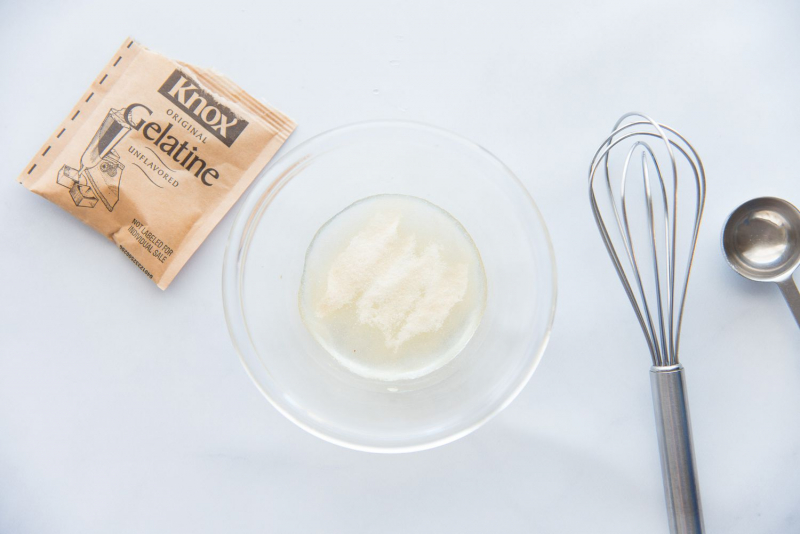
The biggest issue with keto smoothies comes down the thickness. That’s because many people, understandably, don’t prefer as many cups of frozen veggies as it takes. Using gelatin to thicken your smoothie is a keto-friendly hack that couldn’t be easier:
- Add 1 tablespoon gelatin powder along with remaining ingredients. For best results, pop your finished smoothie in the fridge or freezer for 5 to 10 minutes to let the gelatin do its work.
Combinations & Recipes
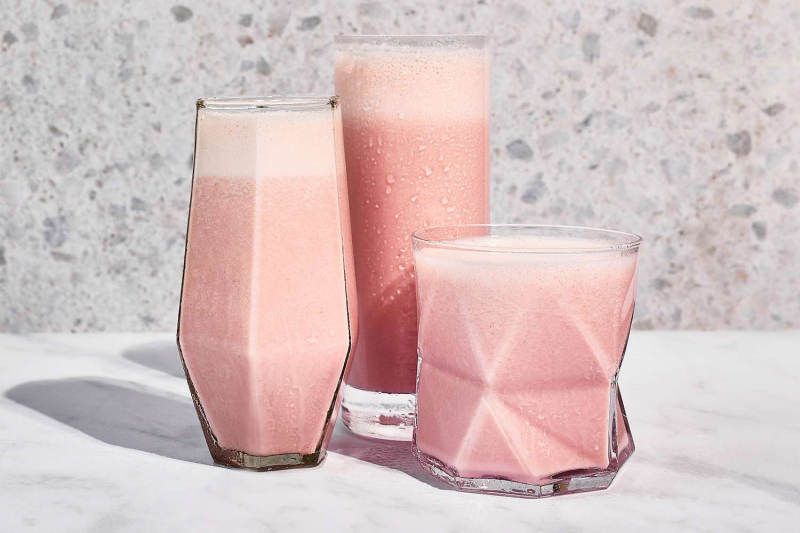
The following are delicious combinations that are similar to the non-keto smoothies you know and love.
- Peanut Butter & Jelly: Milk, frozen berries, almond butter, and vanilla protein
- Mocha: Coffee with heavy cream, frozen cauliflower, cocoa powder, and MCT oil
- Chocolate Malt: Coconut milk, maca, cocoa powder, and chocolate protein
- Lean Mean & Green: Celery juice, frozen broccoli and spinach, kale, and greens powder
Recipes
- Chocolate Coffee Protein Shake
- Acai and Berry Smoothie
- Matcha Green Tea Smoothie (omit the banana for frozen cauliflower)
- Avocado Mango Smoothie
- Cacao Almond Bliss (omit the banana for frozen cauliflower)
- Vegetable Smoothie
